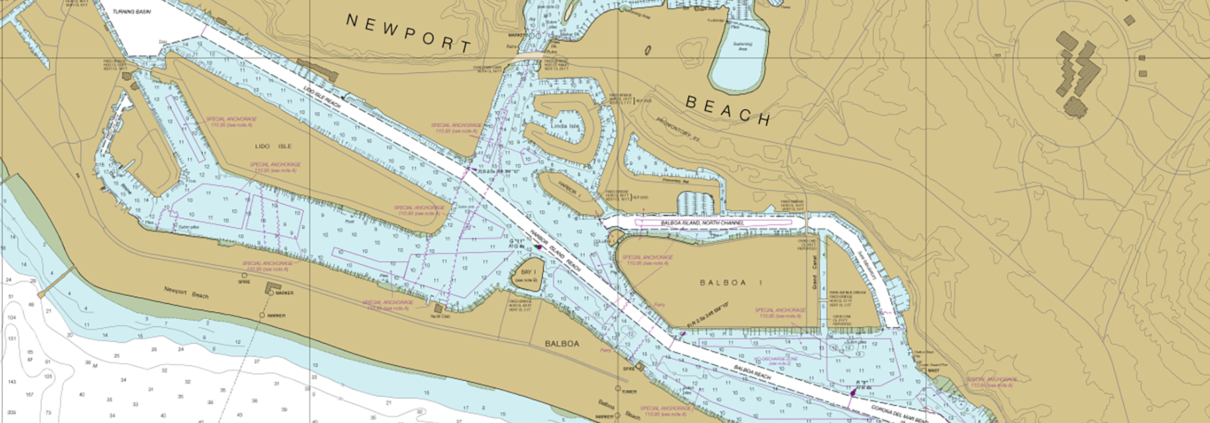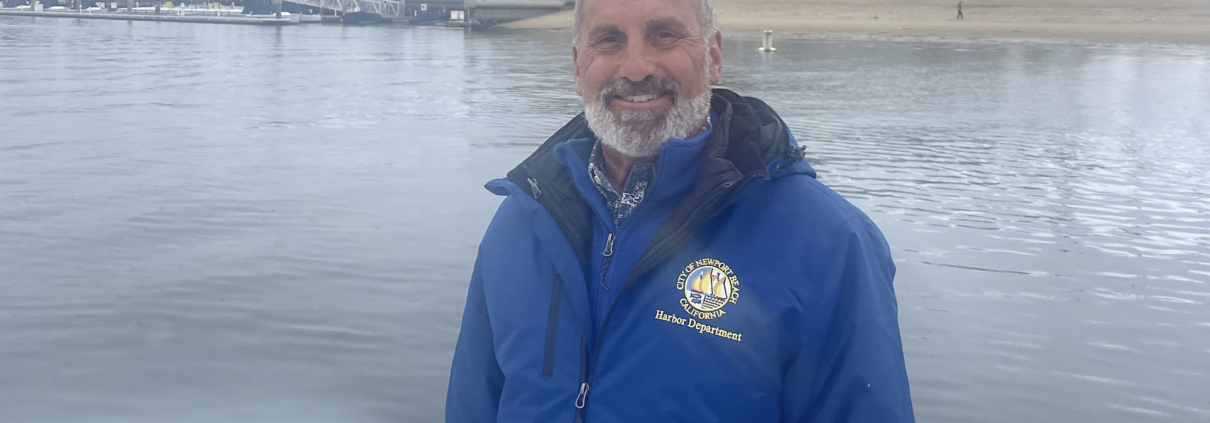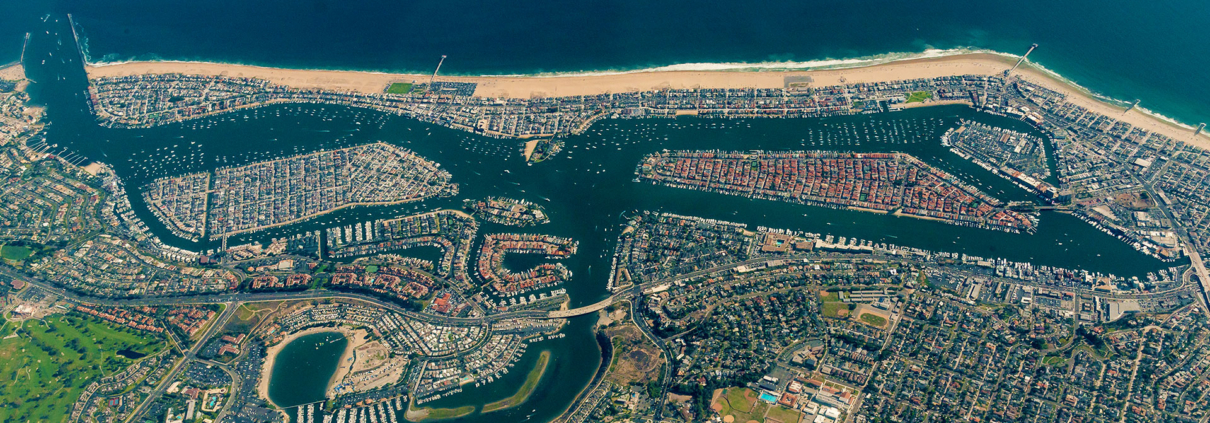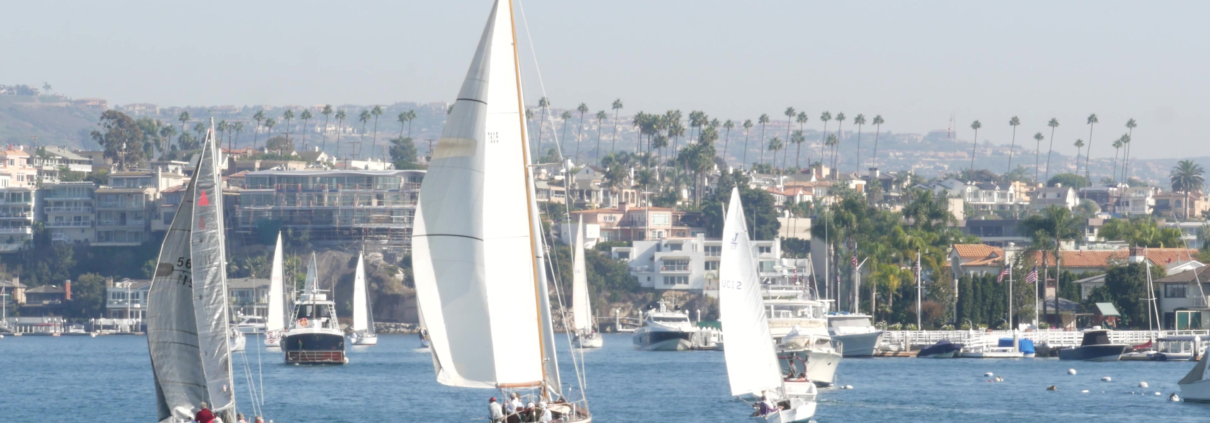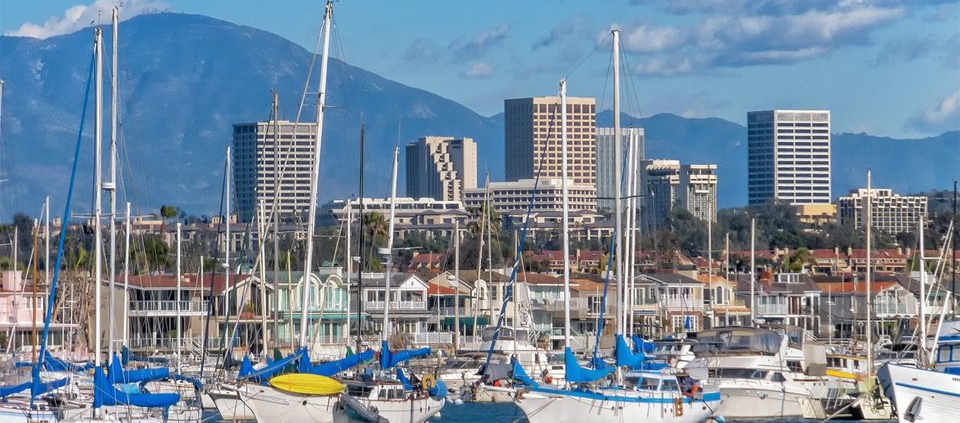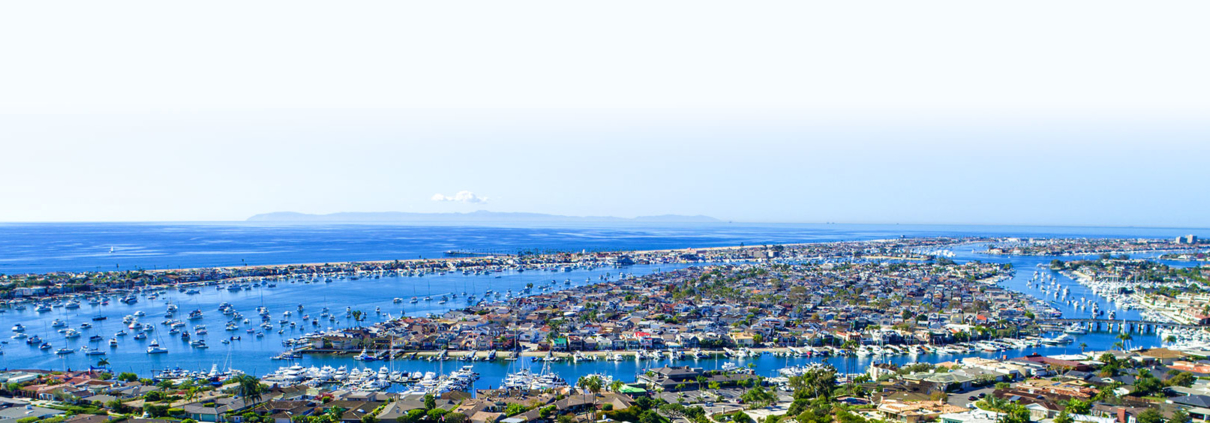After years of advocacy and enforcement actions, we are excited to see the Corps’ dredging project proceed with an improved design that better considers the health of Southern California’s coastal ecosystem,” said Garry Brown, founder and president of Orange County Coastkeeper. “The new plan for the dredged material is a big win for our waters and helps lower costs. Rather than burying contaminated sediment underneath Newport’s turning basin in a poorly designed disposal facility, the material will be repurposed and contained in an expansion project at the Port of Long Beach.
Posts
As winter approaches, I start to look back on the year, and to prepare for the new year. Very similar to looking aft while sailing downwind in a sailboat race. Doing this will keep you aware of the changing conditions. With this in mind, I checked back in with Harbormaster Paul Blank this last week.
Q: From a distance it seemed like a quiet year, no oil spills, tsunamis, down aircraft. So what did I miss?
A: There were a couple of severe weather (wind and rain) events this year. We revived the technology we use to notify mooring permittees of approaching weather and urge them to verify their mooring equipment and lines to ensure all are secure. You may recall, there was considerable attention and communication in anticipation of Hurricane Hilary arriving in August. One other of the severe weather events was a strong Santa Ana which stresses the mooring equipment from a different direction than usual, so we have significant concern about boats staying in place when faced with unusual conditions. All in all, things were fine and we greatly appreciated everyone’s preparedness in the face of these severe events.
The United States Army Corps of Engineers (the Corps) has halted the dredging of Lower Newport Bay and construction authorization for the City of Newport Beach’s (the city’s) Confined Aquatic Disposal (CAD) facility. The Corps put things on hold after Orange County Coastkeeper (Coastkeeper) filed a lawsuit challenging their failure to fully analyze actions possibly violating the National Environmental Policy Act (NEPA) and Endangered Species Act (ESA).
So, is that a good thing or a bad thing?
All permits are in place for the U.S. Army Corps of Engineers to dredge channels in Lower Newport Bay and bury any contaminated sediment in a massive underwater pit at the heart of Newport Harbor.
But the project is now facing multiple legal challenges that could slow it down or thwart it entirely, as resident and environmental groups that tried to block those permits cite ongoing concerns over risks to marine life and bay contamination.
California Coastal Commission – SUMMARY OF STAFF RECOMMENDATION
Coastal Commission staff‘s reasons for recommending approval of the City of Newport Beach
Item 17a – Application No. 5-21-0640
The California Coastal Commission is preparing to consider permitting plans for an important Newport Harbor dredging project. The City of Newport Beach would like to remind residents about the critical need for this project and clarify key topics, including the rigorous environmental analysis that supports the proposal.
Dredging Newport Harbor is critical to maintain safe navigation and a well-functioning harbor. Over the past several decades, sediment has washed down into Newport Bay and accumulated at the bottom of Newport Harbor, which reduces water depths, impedes navigation and diminishes natural tidal flushing. Periodic dredging of Newport Harbor is essential to maintain safe, navigable waterways for recreational, commercial and public safety vessels; increase necessary ocean water flushing to support good water quality and habit and support the economic vitality of the harbor. In total, the project will dredge and remove about 1.2 million cubic yards of accumulated sediment, therefore returning the waterways to their original depths of -10 to -20 feet. Without dredging, sediment will continue to build up, making navigation more difficult and dangerous and decrease tidal flushing, leading to more stagnant water conditions.
To Residents, Yachtsmen and Newport Harbor Users:
The City of Newport Beach has been working with the Army Corps of Engineers for several years on a significant dredging project that will bring Newport Harbor to its authorized design depth which will enhance water quality, allow the bay to properly flush thus eliminating the need to dredge again for many years, remove some unsuitable materials that are lying on the floor of the bay today, and provide for the long term navigability of our harbor.
The Newport Beach City Council certified the Environmental Impact Report (EIR) in May 2021 and directed staff to proceed with securing permits for the project. The EIR is posted on the City’s website here.
The Newport Harbor Foundation has learned that there are a few in the community that are spreading spurious misinformation about the project and the Newport Harbor Foundation believes that it is important that presenting those interested in the dredging project be provided with the facts.
Chairman Murray and Members of the Santa Ana Regional Water Quality Control Board:
My name is Dennis Durgan and I serve as Chairman of the Newport Harbor Foundation. The Foundation was founded in 2019 for the purpose of preserving, protecting and enhancing Newport Harbor for the benefit of the City of Newport Beach, the homeowners on or near the bay, the commercial operators in the bay, and the recreational users of the bay. The Foundation’s founders, contributors, and members are made up of individuals and business who have a long history of using and enjoying the harbor and a vested interest in its enhancement and preservation for use by current and future generations. On behalf the Foundation and its Board of Directors, I am reaching out to you to express our support for the currently pending project for dredging of Newport Harbor and construction of the confined aquatic disposal (CAD) site.
Hello friends of the Newport Harbor Foundation,
There is an urgent issue we need a little help with… something that impacts one of our favorite local playgrounds – the Newport Harbor.
After years of lobbying the federal government for help, the City of Newport Beach has obtained grants of almost $16 million to pay for dredging of the harbor which will significantly enhance the quality of water and create safer boat passage in the harbor. Along with the dredging process, there is a process called CAD (contained aquatic disposal) which places unsuitable material now existing in the harbor into a safe and secure location deep below the harbor bed. This process is totally safe and has been used for many years all over the country, including harbors in California.
By Laylan Connelly – Orange County Register
Officials have secured $8.3 million to dredge Newport Harbor in the $14 billion Infrastructure Investment and Jobs Act, but sand replenishment projects for two stretches of Orange County coastline were not included.
U.S. Rep. Michelle Steel said dredging of Newport Beach’s harbor is long overdue in her announcement Wednesday, Jan. 19, about the federal funding, but also stressed the need for added sand along the coastline. Funding for the Surfside-Sunset Replenishment Project, which would seed beaches through Huntington Beach south to Newport Beach will have to hope for final approval from another Congressional appropriations bill, the timeline of which has been unclear.
So is the San Clemente Shoreline Project, which would replenish beaches in the southern city, including improving the buffer of shoreline along a key coastal rail line.
Both projects have been stalled for years, awaiting funding for U.S. Army Corps of Engineers to do the replenishments that help create a beach buffer that would protect roads, homes and infrastructure from ocean flooding, as well as keep beaches – one of the region’s major tourism draws – from disappearing.
In 1962, Congress passed the Rivers and Harbors Act, which required the Army Corps of Engineers to address the impacts of the constructed flood control structures on the sand deposits that should be happening naturally along shorelines.
The $23 million Surfside-Sunset project – $15.5 million in federal money and $7.63 from local agencies – would add 1.75 million cubic yards of sand to Surfside, which would then be pushed down the coast by ocean currents and waves, spreading it 12 miles south to Newport Beach.
The last time sand was added was 2010 – previously the replenishment happened every five to seven years.
“There is more work to do, and I will continue to demand action from the administration and the Army Corps to fully fund the Surfside-Sunset Replenishment Project because we are one natural disaster away from devastation,” Steel said in a statement.
San Clemente has been waiting about two decades for its big replenishment project. The city two years ago received a boost in the amount of $500,000 in federal funding for the design phase.
With no beach left, a wave crashes against the rocks and stairs just below the railroad tracks at North Beach in San Clemente on Wednesday, October 20, 2021.(Photo by Mark Rightmire, Orange County Register/SCNG)
The project would add 251,000 cubic yards of sand from Linda Lane beach to T-Street beach south of the pier. The sand has shrunk so much there in recent years, city leaders have discussed the possibly of moving San Clemente’s Marine Safety Headquarters off the beach. When big surf hits, the surf laps onto the railroad tracks.
About $9.3 million was requested in the bipartisan infrastructure bill by U.S. Rep. Mike Levin for the San Clemente Shoreline Project.
Levin helped secure $30.5 million in federal funding for the Encinitas-Solana Beach Coastal Storm Damage Reduction Project and $1.8 million for the Oceanside Special Shoreline Study, his office announced Wednesday.
The Encinitas-Solana Beach project involves placing 700,000 cubic yards of sand along 7,200 feet of beach in Solana Beach and 340,000 cubic yards of sand along 7,800 feet of beach in Encinitas.
The Oceanside shoreline study will create a plan to mitigate erosion and other effects from the construction of Camp Pendleton Harbor and will restore beach conditions along the affected shores to the conditions that existed before its development.
Levin’s office said he is also “continuing to fight to finalize federal funding for the San Clemente Shoreline Project.”
The Newport Beach City Council approved an agreement with a firm for federal advocacy services related to harbor dredging efforts and programs, Feb. 27. Carpi & Clay was retained to represent Newport Beach at the federal level in hopes the firm would help bring the city’s issues to the forefront when it comes to harbor dredging.
“The city has been actively working with the U.S. Army Corps of Engineers … and to a limited extent, federal elected representatives, to present and educate them on our dredging needs in Newport Harbor, as well as to get our project on the Corps’ upcoming project funding list,” city staff told council members in a report. “Keeping our project in focus and on the recommended funding list of both the Corps and the many elected representatives that need to review and approve it is, and continues to be, a significant challenge particularly because we do not have a presence in Washington, D.C.”
An Army Corps study in 2017 revealed there is about 650,000 cubic yards of sediment remaining in federal waters and must be dredged to “maintain adequate navigation.”

